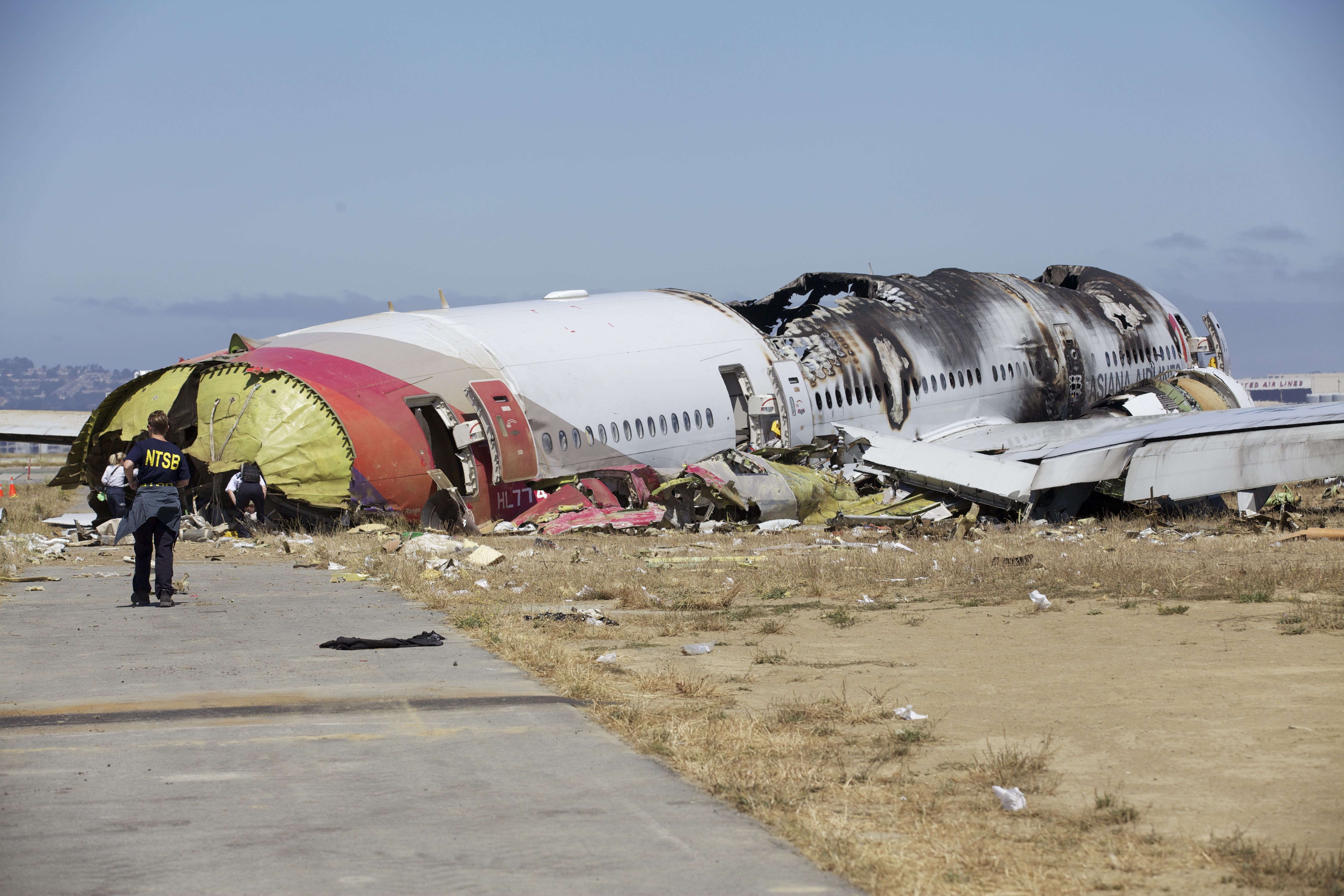Hull Loss on:
[Wikipedia]
[Google]
[Amazon]
 A hull loss is an aviation accident that damages the
A hull loss is an aviation accident that damages the
 In the initial years of aviation (1900s–1920s) hull losses were common due to limited understanding of aerodynamics and aircraft technology. Pioneering aviators like the Wright Brothers and their contemporaries faced numerous accidents and losses.
World War I and World War II extensively used military aircraft, leading to numerous hull losses in combat. The post-war period witnessed the rapid development of commercial aviation. The introduction of pressurized cabins, jet engines, and improved navigation systems reduced the likelihood of hull losses in commercial aviation.
The emergence of
In the initial years of aviation (1900s–1920s) hull losses were common due to limited understanding of aerodynamics and aircraft technology. Pioneering aviators like the Wright Brothers and their contemporaries faced numerous accidents and losses.
World War I and World War II extensively used military aircraft, leading to numerous hull losses in combat. The post-war period witnessed the rapid development of commercial aviation. The introduction of pressurized cabins, jet engines, and improved navigation systems reduced the likelihood of hull losses in commercial aviation.
The emergence of
 A hull loss is an aviation accident that damages the
A hull loss is an aviation accident that damages the aircraft
An aircraft ( aircraft) is a vehicle that is able to flight, fly by gaining support from the Atmosphere of Earth, air. It counters the force of gravity by using either Buoyancy, static lift or the Lift (force), dynamic lift of an airfoil, or, i ...
beyond economic repair, resulting in a total loss. The term also applies to situations where the aircraft is missing, the search for its wreckage is terminated, or the wreckage is logistically inaccessible.
The aviation industry uses the metric of "hull losses per 100,000 flight departures" to measure the relative risk of a given flight or aircraft. There is no official ICAO or NTSB definition.
From 1959 to 2006, 384 of 835 hull losses were non-fatal.
Constructive hull loss takes into account other incidental expenses beyond repair, such as salvage, logistical costs of repairing non- airworthy aircraft within the confines of the incident site, and recertifying the aircraft.
Airline
An airline is a company that provides civil aviation, air transport services for traveling passengers or freight (cargo). Airlines use aircraft to supply these services and may form partnerships or Airline alliance, alliances with other airlines ...
s typically have insurance
Insurance is a means of protection from financial loss in which, in exchange for a fee, a party agrees to compensate another party in the event of a certain loss, damage, or injury. It is a form of risk management, primarily used to protect ...
to cover hull loss. Their policies—like many covering assets that are subject to depreciation—typically pay the insured a formulaic used-item value. A damaged aircraft will often simply be scrapped.
Recent discussions within the aviation industry have raised the importance of factoring in new variables such as environmental impact and regulatory restrictions when evaluating constructive hull losses. Additionally, advancements in aircraft salvage technologies have reduced the number of cases classified as total losses by enabling more cost-effective recovery and repair efforts.
History
jet aircraft
A jet aircraft (or simply jet) is an aircraft (nearly always a fixed-wing aircraft) propelled by one or more jet engines.
Whereas the engines in Propeller (aircraft), propeller-powered aircraft generally achieve their maximum efficiency at much ...
in the 1950s led to faster, more reliable, and safer aircraft. However, the early years of the jet age also saw some high-profile accidents and hull losses, prompting improvements in training and safety regulations.
See also
* List of accidents and incidents involving commercial aircraft *References
{{reflist Aviation accidents and incidents